A critical decision that often perplexes authors is pricing a self-published book. Pricing can significantly impact your book’s success in the market. Get it right, and you can attract readers while covering your costs and even making a profit. Get it wrong, and your masterpiece may remain unnoticed.
Outline Your Costs
Before pricing a self-published book, you must understand your production costs. These include expenses such as editing, cover design, formatting, and printing. Calculate the total cost of bringing your book to market, as this will help you determine the minimum price you should charge. Remember, your goal isn’t just to break even but to generate a profit.
Study the Competition
Research books in your genre with similar content, style, and target audience. What are their price points? While you don’t want to undercut your competition, you should aim for a competitive price that aligns with the market. However, remember that pricing your book too high or too low can affect not only sales, but also the perceived quality of your work, so choose wisely.
Understand Your Goals
What are your self-publishing goals? Are you primarily interested in building a readership, making a profit, or gaining recognition as an author? These objectives will influence your pricing strategy. If building an audience is your main goal, offering your book at a lower price or even for free during promotional periods may be beneficial. If you’re more concerned with gaining recognition, however, selling your book at too low a price might drive away serious readers who see the low price as a negative indicator of quality.
Test Different Price Points
Luckily, pricing isn’t set in stone, and you can experiment with different price points to see what works and what doesn’t. Amazon Kindle Direct Publishing (KDP), for instance, allows you to adjust your eBook’s price, so you can run promotions or temporary discounts. Monitor the results and see how price changes affect your sales and revenue. Take copious notes and learn from your results.
Consider Formats
Different formats of your book (eBook, paperback, hardcover, et cetera) can be priced differently. Paperbacks and eBooks, for example, often have lower price points than hardcovers. Most importantly, keep your respective production costs in mind while setting prices for each format. Offering various formats also caters to different reader preferences.
Utilize Discounts and Promotions
Using temporary discounts or promotions can boost sales and attract new readers. These strategies can help you generate buzz around your book, especially if you’re a new author. Moreover, if a price decrease is framed as a discount or promotion, it may also help dispel any potential stigmas about low prices. When planning discounts, ensure you’re still covering your costs and making a profit.
Be Mindful of Royalties
Depending on your self-publishing platform, such as KDP or IngramSpark, you’ll have different royalty options. Some authors opt for lower royalties to price their books more competitively, while others prioritize higher royalties and accept a higher book price. Consider your financial goals and audience when making this decision, bearing in mind that you can always change it later.
Ultimately, pricing your self-published book for success is a delicate balancing act. It’s not just about covering costs — it’s also about reaching your target audience and achieving your authorial goals. By juggling all these objectives just so, you can find the sweet spot that will help your book stand out in the market and lead you toward success.
At Presto Page, we’re dedicated to supporting authors on their self-publishing adventure. If you’re ready to begin your own journey, connect with us for a personalized consultation today.

